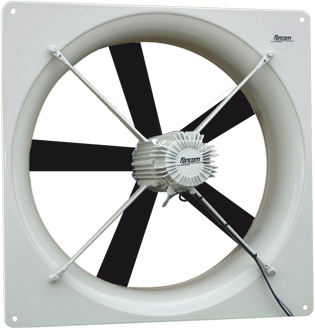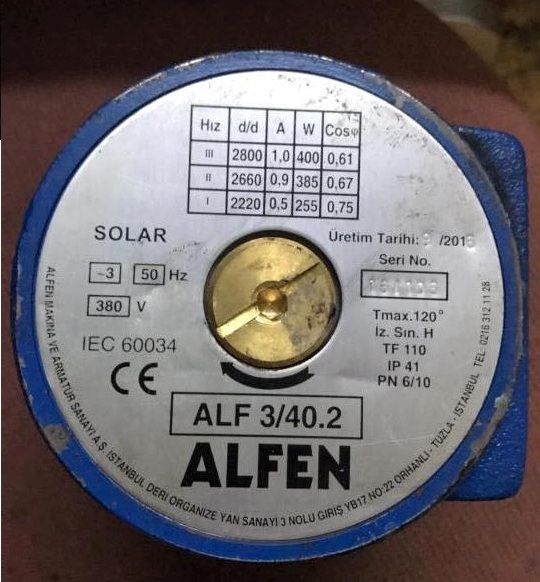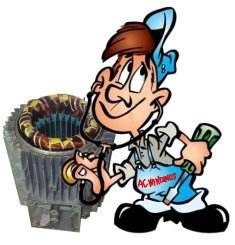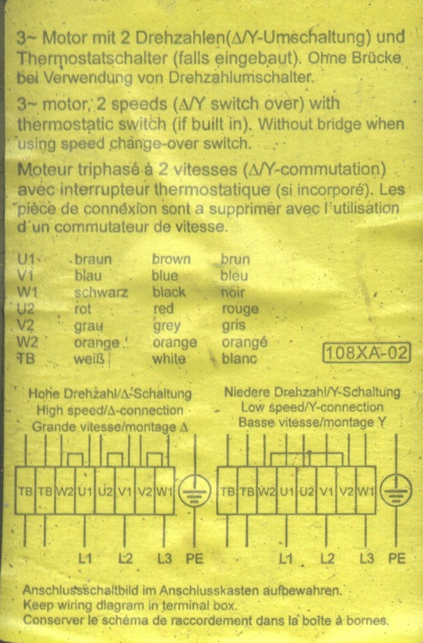Zlatkodo
The speed for an asynchronous motor is given by number of pole pairs and frequency. There is also a small load dependancy so that more load creates more slip.
For a normal motor, the slip is small, simply because slip represents losses and you do not want losses in a normal system. That is why high-efficiency motors are used. They have very low slip.
For certain low power applications and where load torque is speed dependent (torque proportional to speed squared) it is common to use simple voltage control of the motors. Kitchen fans and such appplications come to mind. They are usually FHP motors and the losses at half speed, where torque is around 25% of nominal torque, is tolerable if compared to the losses in a VFD.
These truths were valid for many years, but it will probably change when (constant) losses in the auxiliary Control system gets lower or when matrix inverters are being introduced also in the lower power ranges. But, for the time being, these truths are still valid.
To sum up:
Normal ASIM's speed is almost purely frequency dependent and can not be speed controlled with voltage change. That is why VFD:s are used.
Small and special built ASIM:s (high rotor resistance, high and load dependent slip) *can* be speed controlled via voltage (and load) change.
I can very well understand that your opponents get angry when you deny these well-known facts. It is you that need to learn basics before you try to educate others.
Gunnar Englund
--------------------------------------
Half full - Half empty? I don't mind. It's what in it that counts.




